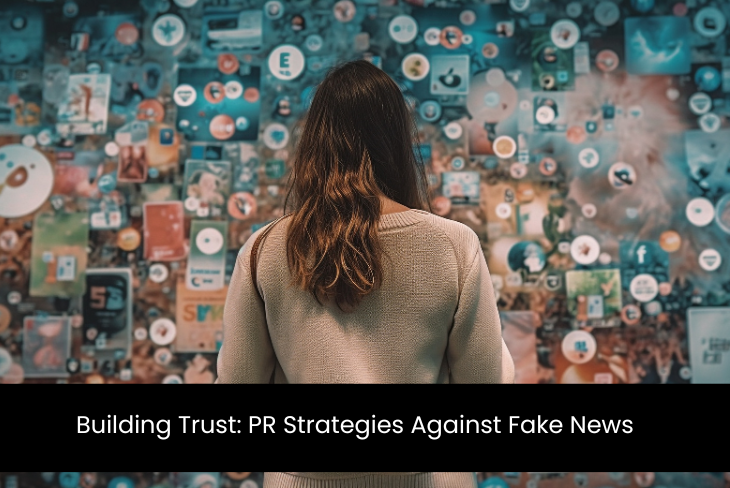PR Strategies Against Fake News: Protect Your Brand’s Integrity| Trivium PR
The digital age has democratized information like never before, but with this freedom comes a dark side: the propagation of false information and fake news has been the greatest plague to genuine PR communications.
The PR practitioners fight each day to build trust with the audience but face challenges that have been eroded through lies. How then can PR battle fake news and become a light beaming in the darkness of untruth?
The Seeds of Trust: Transparency and Honesty
Establishing trust commences with a resolve to be open. Given any of your organization’s goals, operations, and limitations, be honest about what your organization does. Sugar-coating or spicing up information should be considered.
Fact-check well and readily admit inaccuracies. Among the audiences, honesty and vulnerability seem to be valued more than the superficiality of perfection.
Authenticity is synonymous with transparency. Tell about your organization’s history, its makeup, its values, and its objectives—a faked relationship connection between an audience and a brand personality. The patterns of such occurrences make it more difficult for fake narratives to establish themselves.
Read More : Let’s Talk Advertising and PR: What Sets Them Apart
Empowering Your Audience: Media Literacy and Teamwork
Don’t think your audience can tell what is true from what is a lie. Quip them with heaps of requisites to be media-literate consumers. Critically collaborate with schools or other independent bodies to provide training sessions or information on whether sources are true, awareness of tactics that push one to make the wrong decision, or best practices for sharing what is true.
To win the war against fake news, collaborations are necessary. credible people like journalists, fact-checkers, and others who are connected with the field. Be transparent and exchange information; discuss the new narratives collectively; and present a common front against rumors.
Collaborating with platforms to enhance content moderation and user education would also multiply the effects.
Confronting Misinformation Head-On: Speeds and Clear Pills
Fake news should be addressed head-on. Respond quickly and clearly, offering the entire information and context. This is not the place for emotional arguments or personal attacks.
Be factual and offer valid ‘what really happened’? Misinformation poses the threat of harm; speak of the benefits of truth.
Prevention, however, is usually better than treatment. Actively scanning the online environment and monitoring probable hotspots for misinformation. A crisis communication plan should therefore be established to eliminate fake news rapidly and in an appropriate manner, decreasing the effects on your brand’s reputation.
Building Long-Term Trust: Consistency with Engaging
Relationship building is not a sprint but a marathon. It is paramount to adhere to ethical communication practices uniformly. Such things as delivering on your promises, acting responsibly, and showing an authentic interest in your audience’s people should form the core of your blogging practice.0
Open and mutual communication breeds trust. Promote discussion between the audience and respond to their questions and concerns in a thoughtful manner; address a critique responsibly. It brings about loyalty among the masses, making them less inclined to fall prey to outside, misleading information.
Read More : How Does Communication Support Public Relations?
The strategies discussed above, if adopted by PR professionals, will significantly contribute to curbing fake news and rebuilding credibility in the realm of information. Being worthy of trust is not just a virtue of ethical communication but also the basis of a genuine audience-speech interaction process. Remind you that in order to defeat misinformation, each voice that speaks for truth is important.

